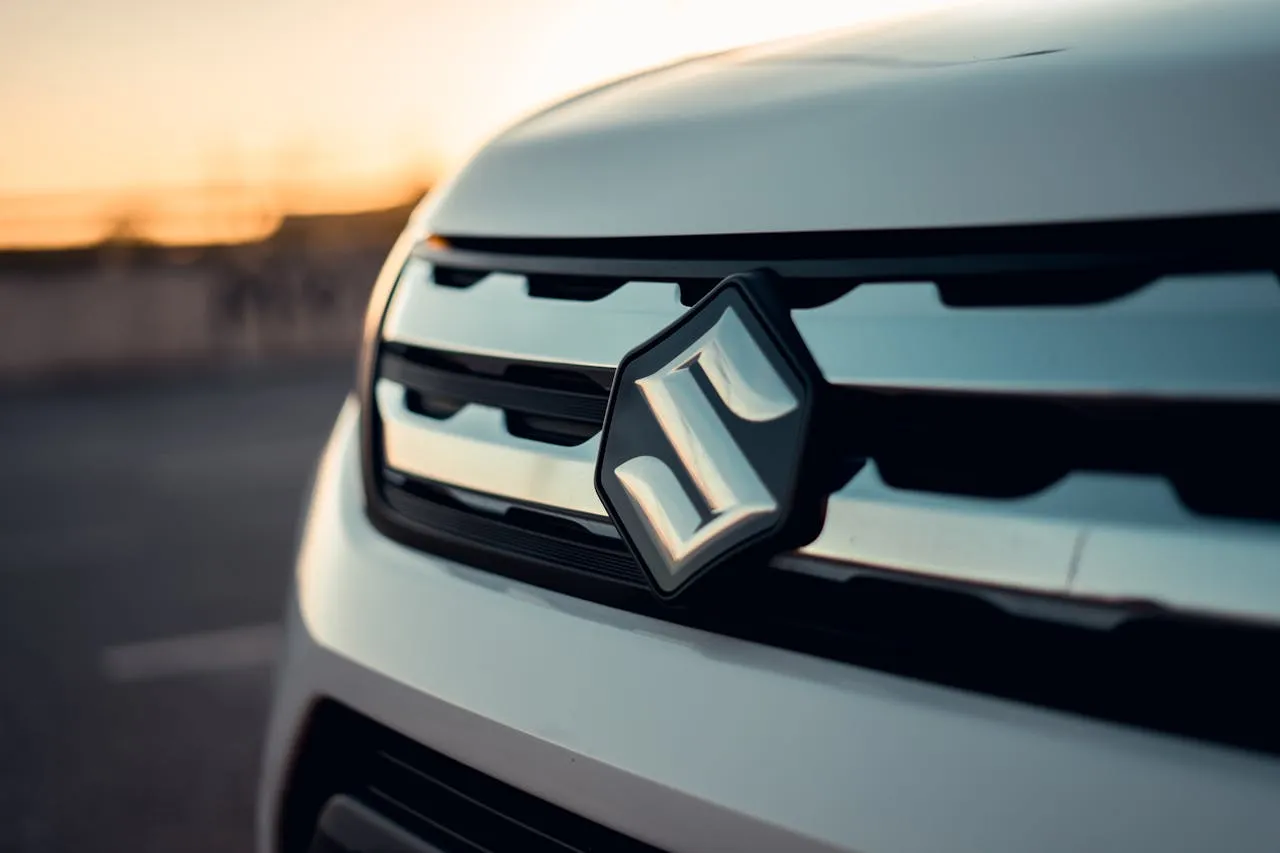
Suzuki Outlines Technology Strategy 2025 to Shape the Next Decade of Innovation
In February of this year, Suzuki took a significant step in redefining its corporate direction by announcing a new mid-term management plan. Central to this vision is the idea of positioning “Team Suzuki as infrastructure mobility closely connected to daily life.” This guiding principle was paired with a fresh corporate slogan — “By Your Side” — underscoring the company’s determination to remain a trusted partner in mobility for communities worldwide.
Building on its long-standing commitment to addressing environmental and energy challenges, Suzuki has now introduced its Technology Strategy 2025, which not only enhances earlier initiatives but also widens its scope to include pressing social issues linked to human mobility. This comprehensive strategy emphasizes Suzuki’s belief that technology should not only serve performance and efficiency but also contribute to broader societal well-being.
A New Philosophy for Technology and Conduct
Suzuki has articulated a refined philosophy that will underpin its technological approach going forward. The company has expanded its traditional “3Gen” principle — Genba (Actual Place), Genbutsu (Actual Thing), and Genjitsu (Actual Situation) — by adding two more layers: Genri (Fundamental Principle) and Gensoku (Fundamental Rule). Together, these five elements, known as “3Gen・2Gen”, create a holistic framework guiding Suzuki’s innovation and decision-making.
From this foundation, Suzuki has adopted two central philosophies:
- Technology Philosophy: Minimizing Energy in harmony with the Earth
- Technology Policy: Maximizing Essential Value centered on people
This dual approach is expressed in the concept of “Right × Light Mobile Tech,” which focuses on creating mobility solutions that are efficient, lightweight, and designed to deliver genuine value to customers.
Key Initiatives of Technology Strategy 2025
1. Lightweight and Safe Vehicle Bodies
At the core of Suzuki’s vehicle design is its HEARTECT platform, recognized for being both lightweight and safe. Last year, Suzuki set an ambitious target of reducing vehicle weight by 100 kilograms, with cross-division efforts between its automobile and motorcycle teams already achieving an 80-kilogram reduction. The company intends to refine this progress further, balancing safety, performance, and efficiency while scrutinizing even the smallest details, such as the optimization of bolts and other components.
2. Efficient ICE and Carbon Neutral Fuel (CNF) Technologies
While electrification is a growing priority, Suzuki continues to invest in next-generation internal combustion engines (ICE). Its “Super Ene-Charge” hybrid system, developed around lightweight vehicle bodies, is on track to deliver high performance. Simultaneously, Suzuki is applying its expertise in high-speed combustion and low-friction technologies to new engine designs.
On the carbon-neutral fuel front, Suzuki is already making tangible progress. In January 2025, production began in India of the GIXXER SF 250 FFV motorcycle, designed to run on flexible fuels. The company has also introduced automobile models compatible with E20 fuel and is preparing to launch new FFV-equipped cars within the current fiscal year.
3. Battery-Lean BEVs and HEVs
Guided by the design philosophy “Sho-Sho-Kei-Tan-Bi” — meaning smaller, fewer, lighter, shorter, and beauty — Suzuki is pursuing a pragmatic electrification strategy. Rather than focusing on oversized batteries, the company is developing compact, efficient systems that minimize energy consumption.
A flagship example is the upcoming e VITARA, Suzuki’s first battery-electric SUV, which balances EV innovation with practical range and performance. In the two-wheeler category, the e-ACCESS scooter has been introduced in India and will soon be available in additional markets, embodying Suzuki’s idea of a “just-right” EV.
4. Software-Defined Vehicles (SDV Right)
Suzuki defines its software-defined vehicle initiative, SDV Right, as a way to provide customers with carefully selected, high-value digital features. The e VITARA is the first model to showcase this approach, offering smart but deliberately measured functions that prioritize customer needs over unnecessary complexity.
5. Design for Recycling and Sustainability
Beyond vehicle performance, Suzuki is pushing sustainable product design. Through its “S Light Project,” the company is creating lightweight resin components, promoting mono-material use, and ensuring easier disassembly for recycling. Suzuki is also expanding its use of recycled plastics, gradually integrating these materials into new product lines.
Driving Toward Carbon Neutrality
Team Suzuki CN Challenge
Suzuki’s commitment to carbon neutrality extends beyond its factories and showrooms into the racing arena. At this year’s Suzuka 8 Hours Endurance Road Race, the Suzuki team — composed almost entirely of company employees — competed with motorcycles using components made from sustainable materials and powered by 100% sustainable fuel. This initiative not only advances green technology but also strengthens employee motivation and teamwork.
Biogas Business Development
Suzuki is also venturing into renewable energy. Its biogas project, recognized by the United Nations Industrial Development Organization (UNIDO) in July 2025, aims to provide CNG-compatible fuel in India, where such vehicles make up roughly 20% of the passenger car market. Beyond reducing greenhouse gas emissions, this project is designed to generate rural employment, enhance energy independence, and improve agricultural income by purchasing cow dung and turning it into both fuel and fertilizer.
Suzuki Smart Factory
On the production side, the company is advancing the Suzuki Smart Factory initiative. By applying digital technologies to monitor and optimize operations, Suzuki is improving both quality and productivity while lowering energy consumption. The new painting plant at the Kosai facility, which began operating in June 2025, exemplifies these efforts by significantly cutting energy usage.




